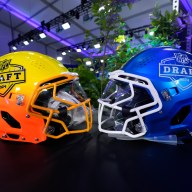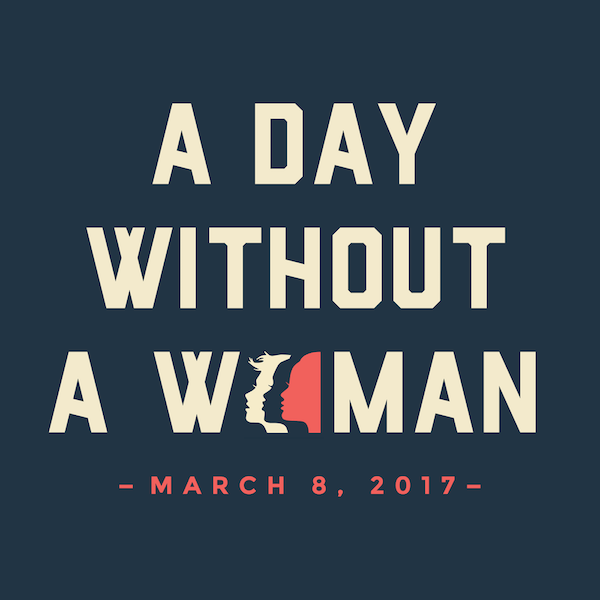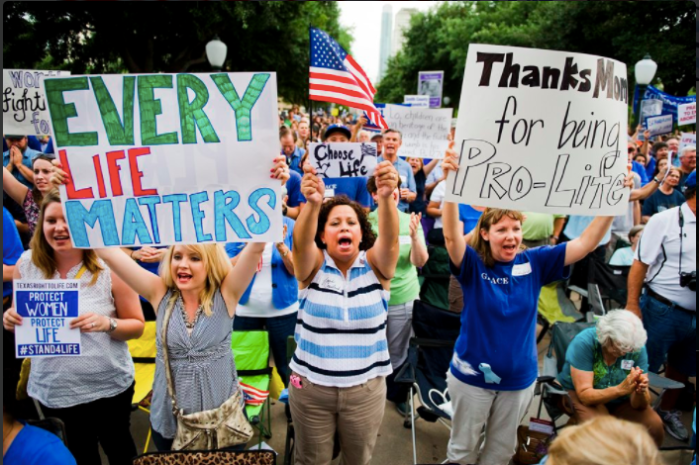While busy promoting “San Andreas,” her new Dwayne Johnson-led disaster film, actress Alexandra Daddario casually drops in, “as a 29-year-old,” causing more than a few double-takes. Daddario plays Johnson’s college-age daughter in the film, and elsewhere, she says, she’s rarely asked to act her age. You’re 29. That’s kind of surprising. Do people often not believe you? I was worried about turning 30, but I it turned out 29 was the tough one. Speaking of strong characters, you’re playing a very capable, heroic young woman here, but they don’t beat you over the head with it. RELATED: San Andreas: The Rock to the rescue
This film aside, are you still finding it hard to get scripts that don’t give female characters short shrift? This film calls for you to play terrified for an extended period of time. What’s the muscle for that and how exhausting is it? It doesn’t sound like the healthiest thing to do to your body. Follow Ned Ehrbar on Twitter:@nedrick
Um … yeah. I have discovered as I near my 30s that I still play young and that I still go out for younger roles, and I think that’s a good thing, I guess. (laughs) But also I like being 29 because I’ve found that I found a strength within myself that I didn’t have when I was younger, and I’ve matured a great deal and learned a lot. I’ve heard this before from women, that as you reach your 30s all the bulls— and the things you were worried about in your 20s and as a teenager fade and you find yourself. And I’m realizing that’s happening, and it’s a really wonderful thing. I think it helps me play these stronger characters, in a way.
I’m so glad you said that, because 29 has been very weird for me. But I’ve heard other people say that as well. I’ve heard it was 27 that’s supposed to be rough, but 27 wasn’t. Twenty-nine is a bit odd.
There’s a lot of discussion about women’s roles in Hollywood and “strong female characters,” and I think that what it was for me was a discovery that I am strong — I don’t need to pretend to be strong, I don’t need to be anything other than I am. We are, in a way, all the same. We are strong. It’s just about you don’t need to do it in a false way or in a way that feels contrived.
Yeah. I read a lot of scripts and see a lot of different characters, and I think that the statistics are interesting. There are still fewer leading roles for women than there are for men still, but that’s changing. And I think that it’s important that we’re having the discussion, and that we’re getting more women in the director’s chairs and as producers. I work with more and more women every film I do, and that’s very exciting.
It can be very exhausting, but it’s sort of therapeutic in a way. I’ve done a lot of films where you have to maintain a level of hysteria for long periods of time, and it can be very exhausting, but I think once you get yourself to that point, it’s easy to tap into. Your body sort of gets tricked into thinking that something is terribly wrong, and if you can get yourself to that point then it’s easier to cry and get hysterical on a dime. But when you do get home at the end of the day, it’s a bit, “Holy s—, what the hell?”
You know, you have to be crazy to be an actor, but it’s sort of fun. We always, as human beings, are trying to keep ourselves under control and be completely mature and responsible, and it’s nice to just be like, “F— it.” Like, whatever’s bothering me, I can just let go of it right now.


















